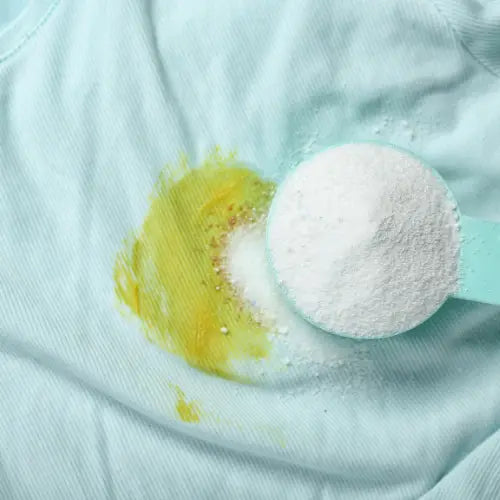🚫 Water Pollution: When chlorine-based bleach is discharged into water bodies such as rivers, lakes, or oceans, it can have adverse effects on aquatic life. Chlorine reacts with organic matter in water to form harmful byproducts like chlorinated organic compounds, including dioxins and chloramines. These compounds are toxic to aquatic organisms and can disrupt the balance of ecosystems.
🚫 Air Pollution: The production and use of chlorine bleach can lead to the release of chlorine gas and volatile organic compounds (VOCs) into the air. Chlorine gas is highly toxic and can cause respiratory problems in humans and animals. VOCs contribute to air pollution and can react with other pollutants to form smog.
🚫 Harmful to Beneficial Microorganisms: Chlorine bleach not only kills harmful bacteria and viruses but also destroys beneficial microorganisms, including those present in soil and water. This can disrupt natural ecosystems and hinder the breakdown of organic matter, affecting nutrient cycling and overall ecological balance.
🚫 Environmental Persistence: Chlorinated bleach can persist in the environment for a long time due to its stability. This persistence can lead to long-term accumulation and potential bioaccumulation in the food chain, causing ecological imbalances and health risks for organisms at higher trophic levels.
🚫 Production and Waste: The manufacturing process of chlorine bleach involves the use of energy and the release of greenhouse gases. Additionally, the disposal of leftover bleach or empty containers can contribute to solid waste problems if not handled properly.



